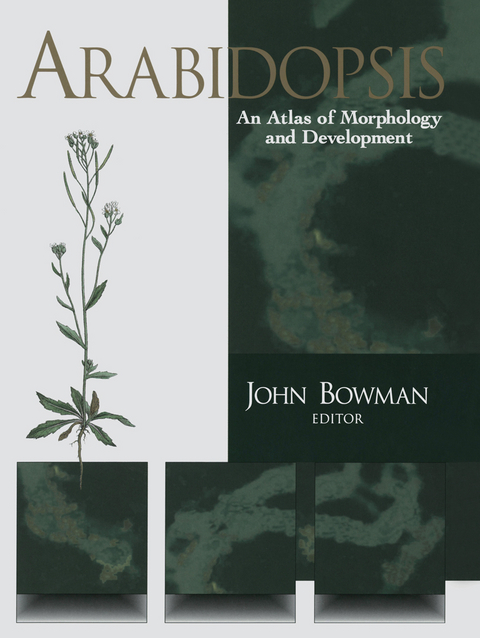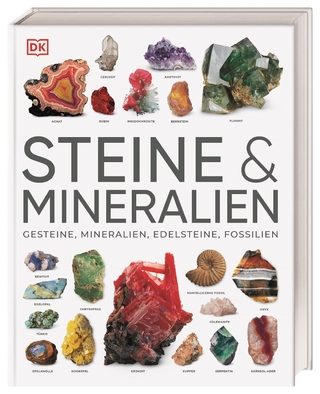
Arabidopsis
Springer-Verlag New York Inc.
978-1-4612-7600-5 (ISBN)
1. Vegetative Development.- The Seedling.- The Apical Meristem.- Apical Meristem Mutants.- The Leaf.- Light-Mediated Development.- Trichomes.- Phytohormones.- Morphological Mutants.- 2. Roots.- Wild-type Structure.- Root Mutants.- Root Hairs.- Root Growth.- 3. Flowers.- The Inflorescence.- The Inflorescene Apical Meristem.- The Wild-type Flower.- Floral Organs.- Nectaries.- Floral Transition Mutants.- Inflorescence Mutants.- Floral Meristem Mutants.- Floral Organ Identity Mutants.- Floral Organ Number Mutants.- Floral Organ Mutants.- 4. Pollen.- Wild-type Microgametogenesis.- Male Sterile Mutants.- 5. Ovules.- Ovule Development.- Megasporogenesis.- Zygote and Early Embryo Development.- Microtubules During Female Reproductive Development.- The Mature Embryo Sac.- 6. Pollination.- Pollen—Stigma Interactions.- Pollen Tube Growth.- Fruit Development.- 7. Embryogenesis.- Early Embryo Development.- Reserve Deposition in the Cotyledons.- Endosperm Development.- Seed Morphology.- 8. Pathogens.- Pseudomonas.- Peronospora.- Nematodes.- References.- Gene Index.
| Zusatzinfo | 450 p. |
|---|---|
| Verlagsort | New York, NY |
| Sprache | englisch |
| Maße | 210 x 279 mm |
| Themenwelt | Sachbuch/Ratgeber ► Natur / Technik ► Natur / Ökologie |
| Naturwissenschaften ► Biologie ► Botanik | |
| Naturwissenschaften ► Biologie ► Genetik / Molekularbiologie | |
| Naturwissenschaften ► Biologie ► Zellbiologie | |
| ISBN-10 | 1-4612-7600-4 / 1461276004 |
| ISBN-13 | 978-1-4612-7600-5 / 9781461276005 |
| Zustand | Neuware |
| Haben Sie eine Frage zum Produkt? |
aus dem Bereich


